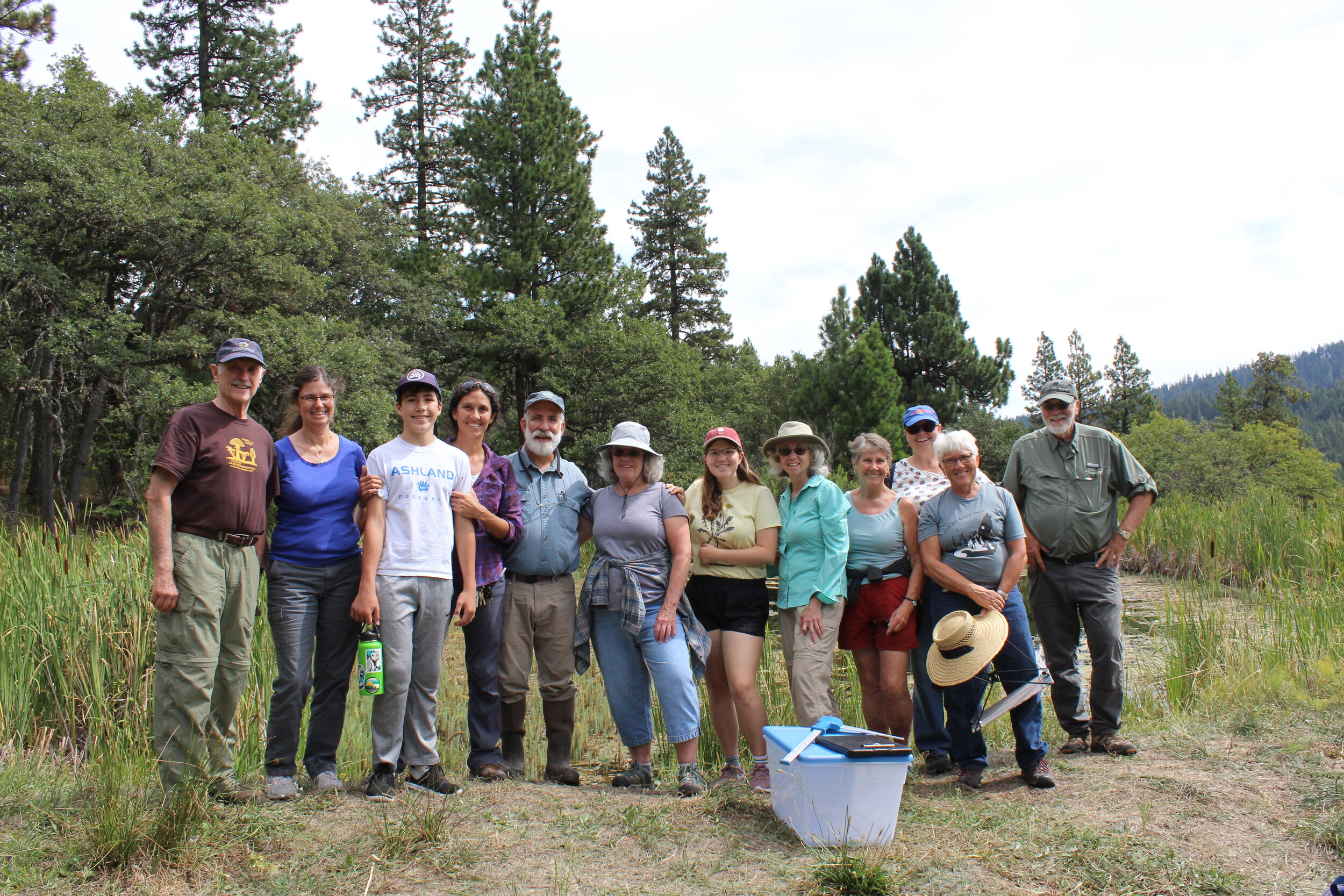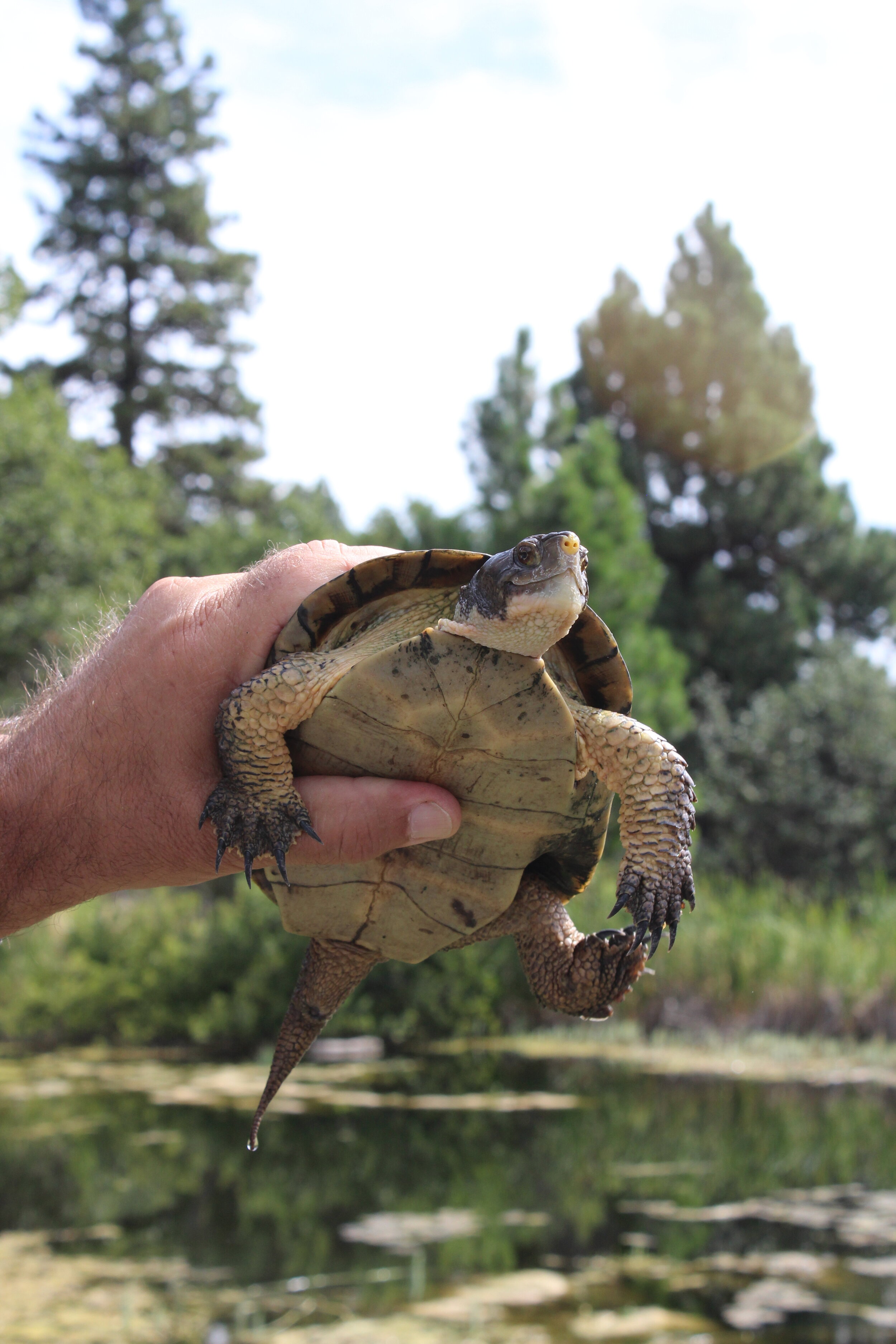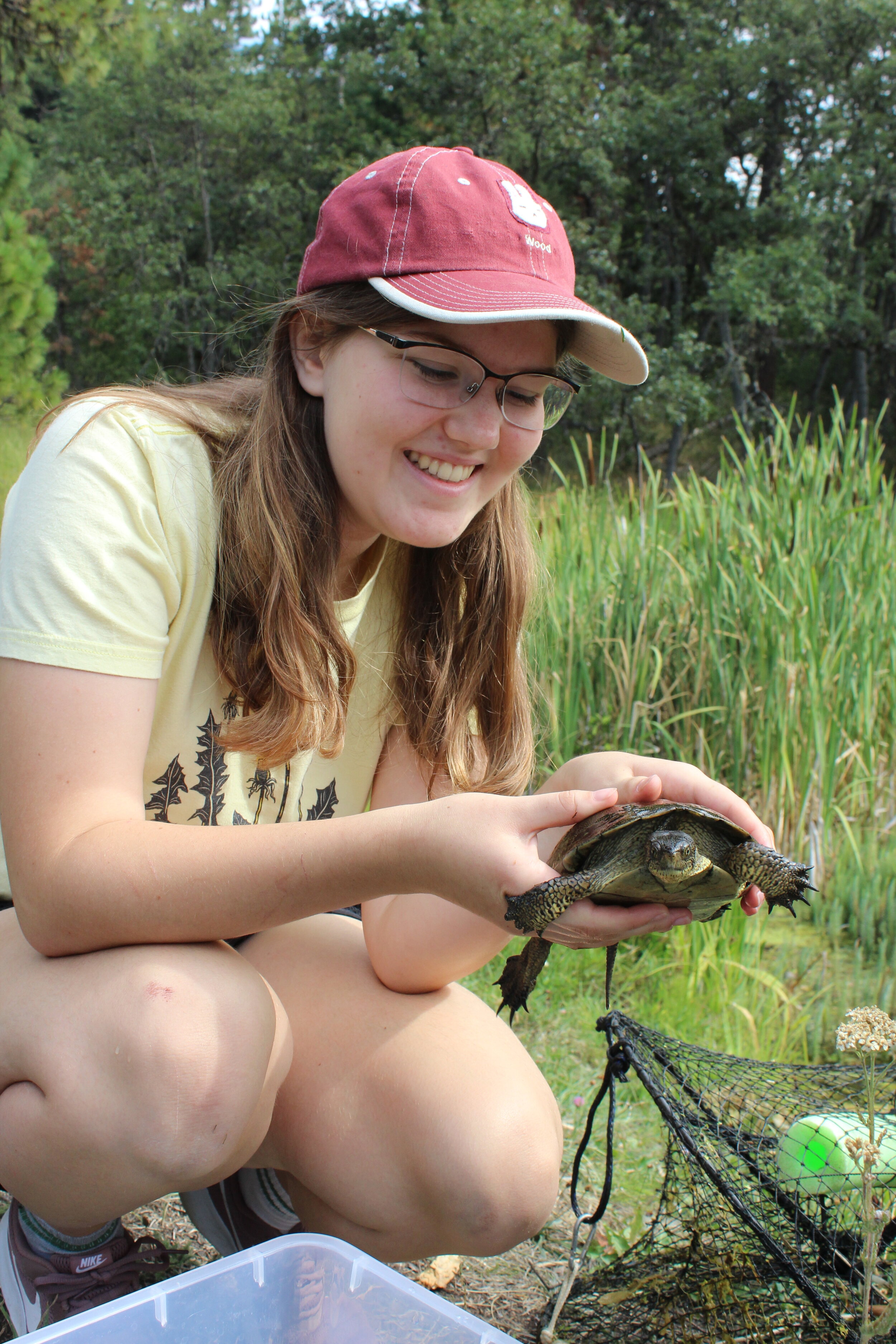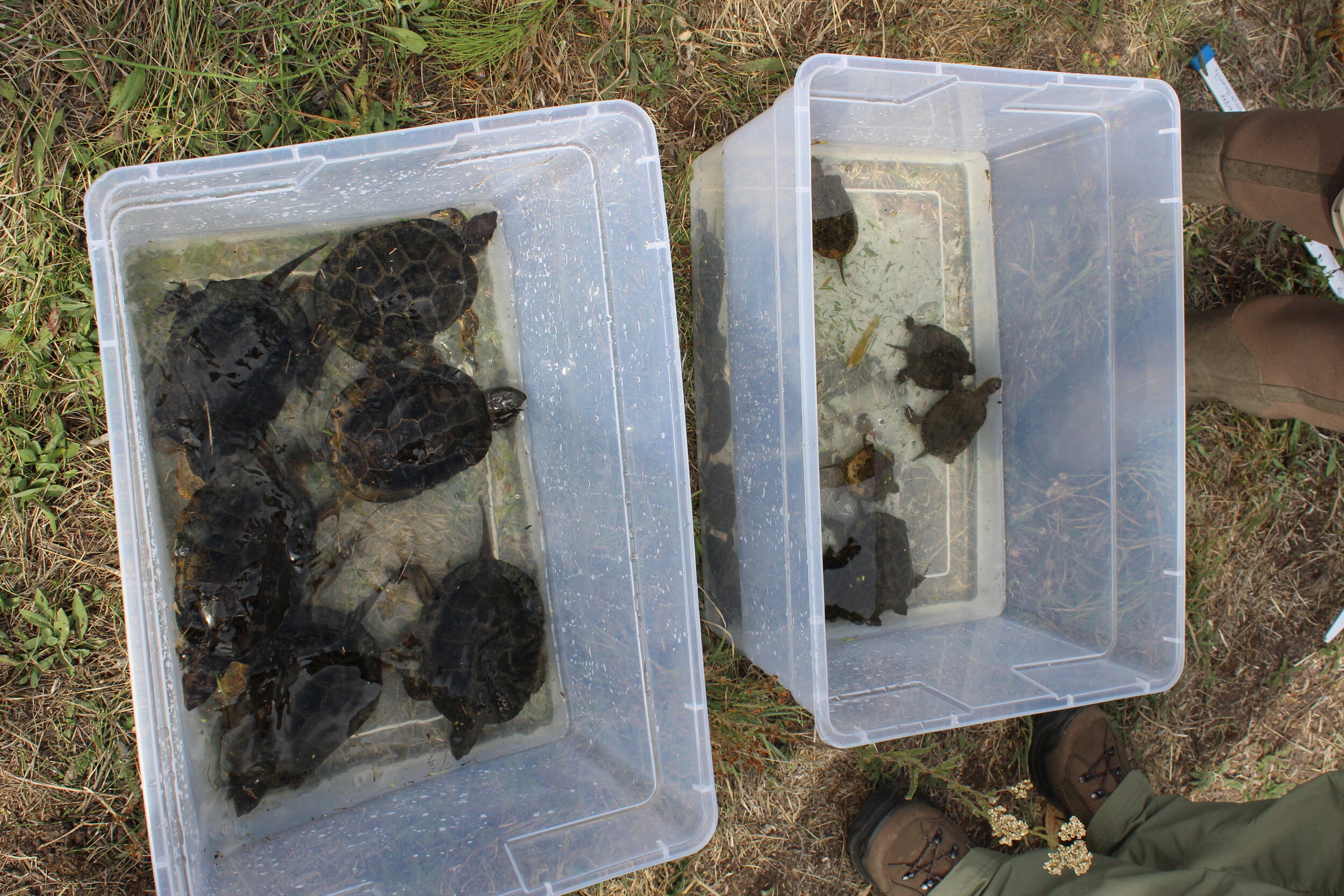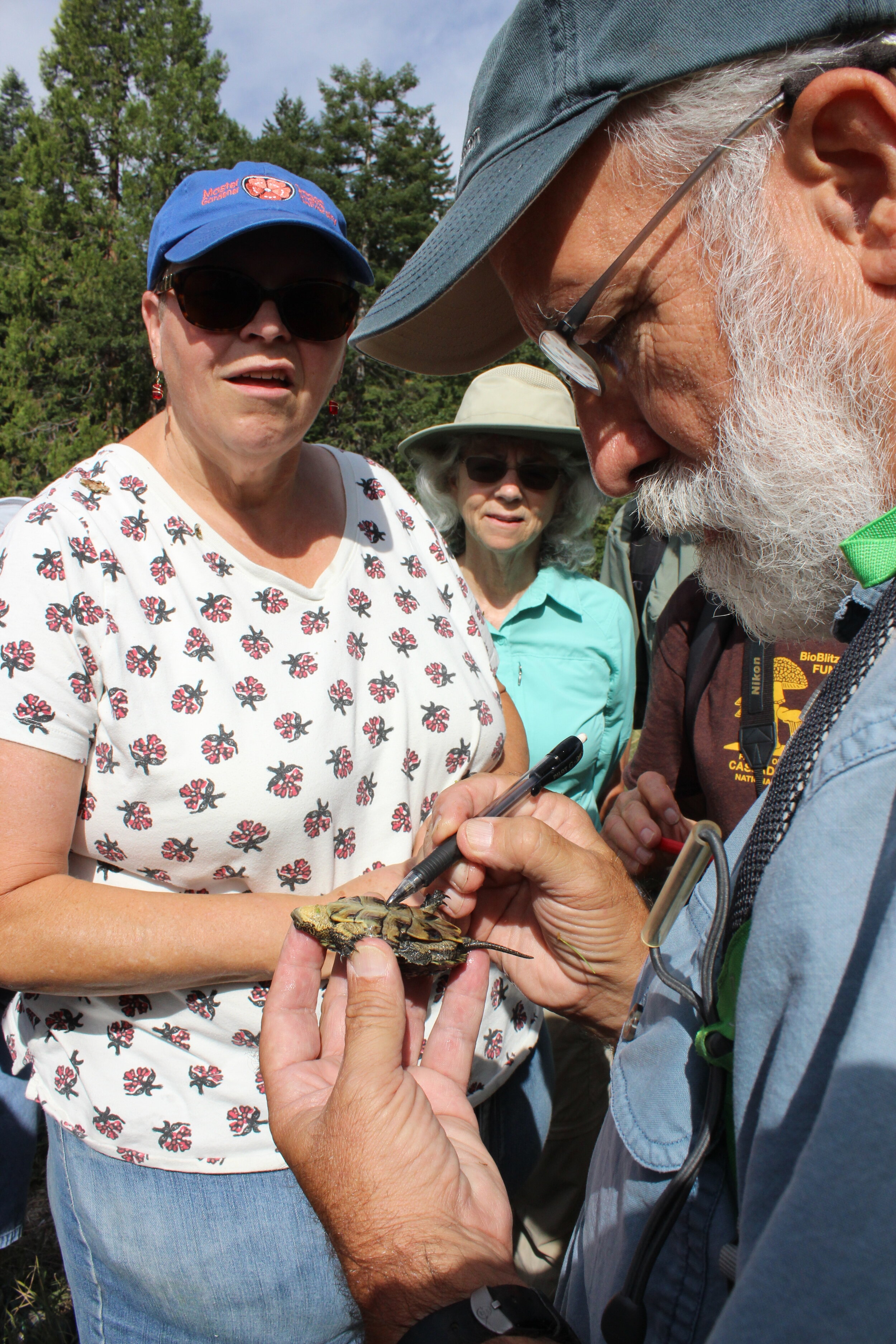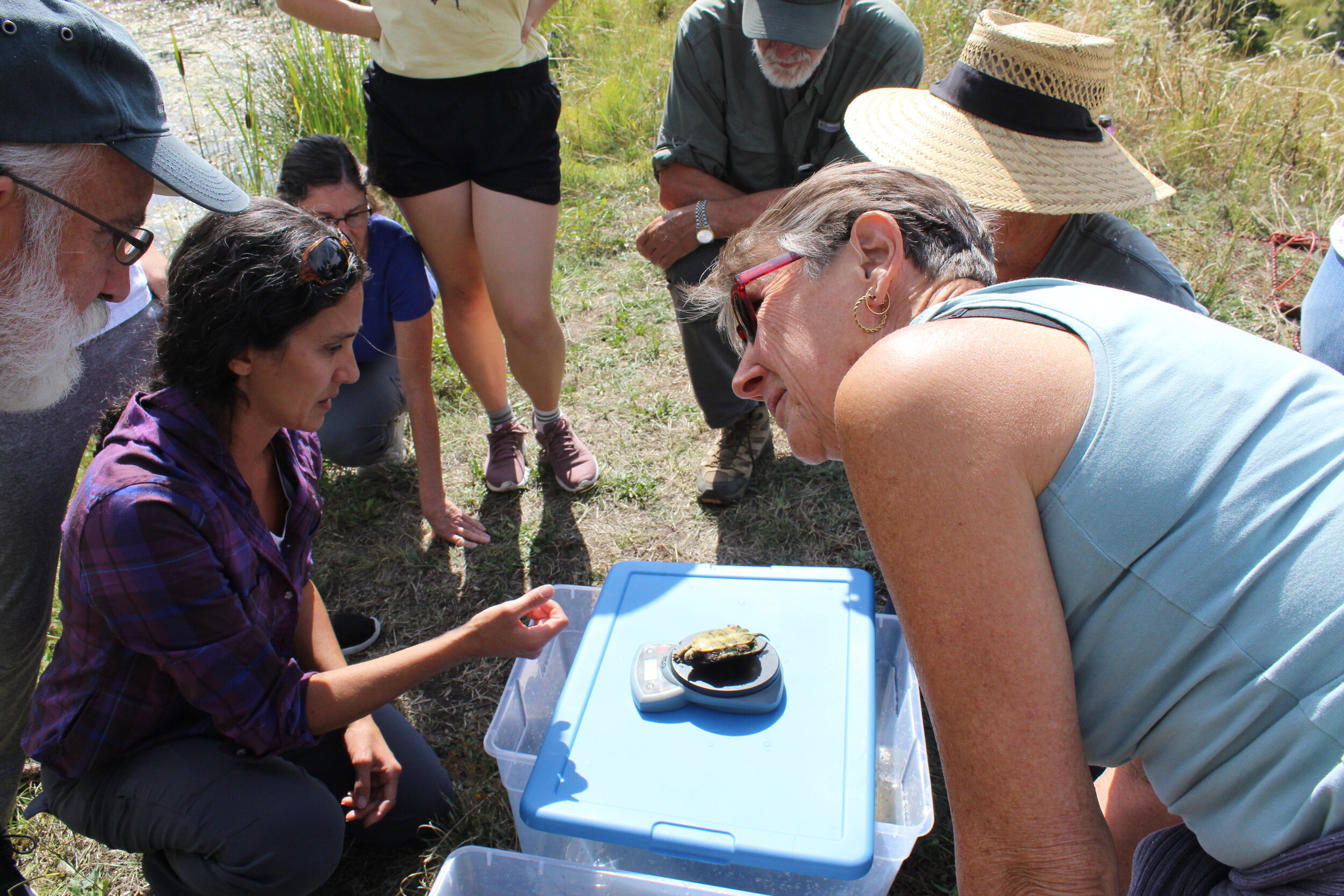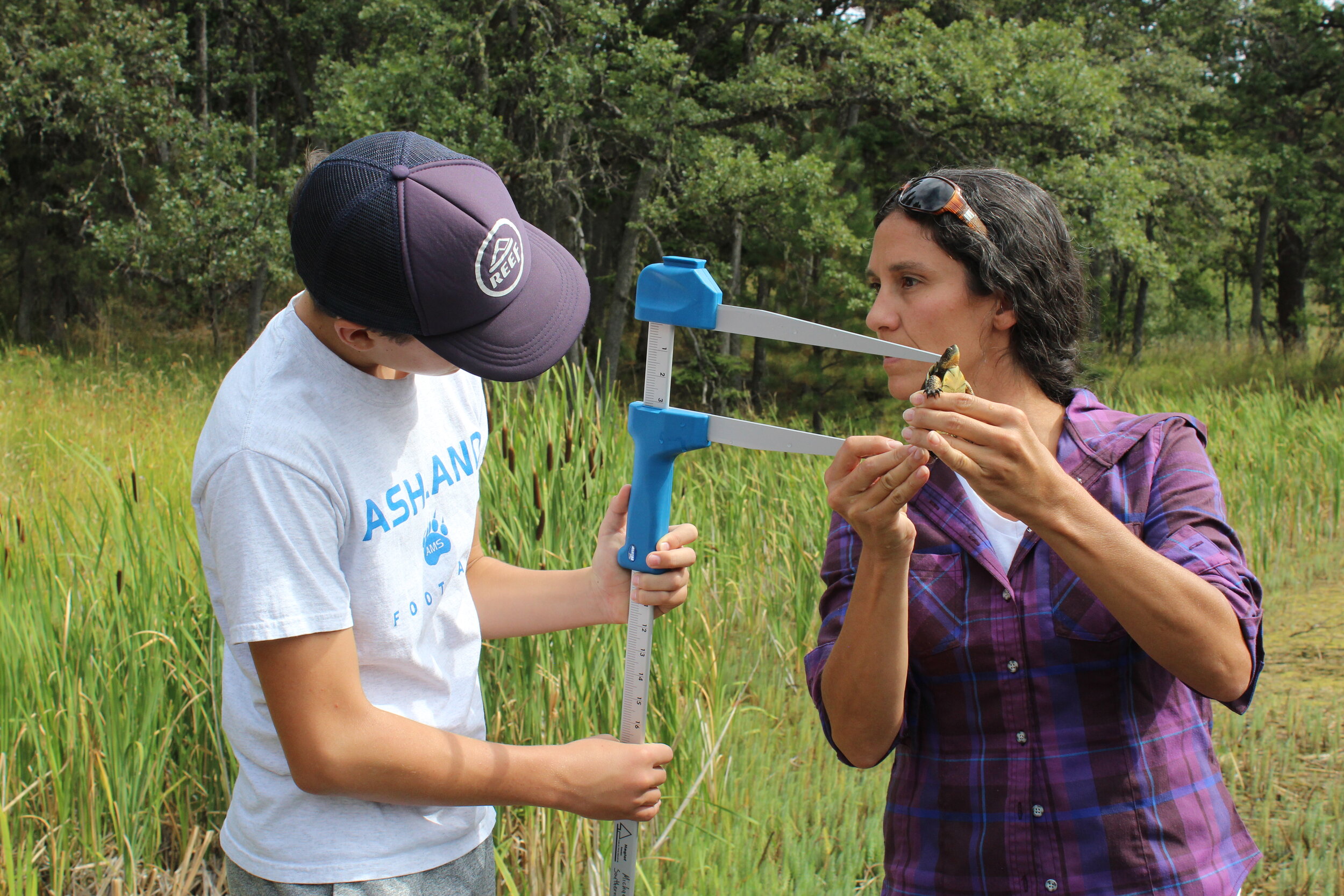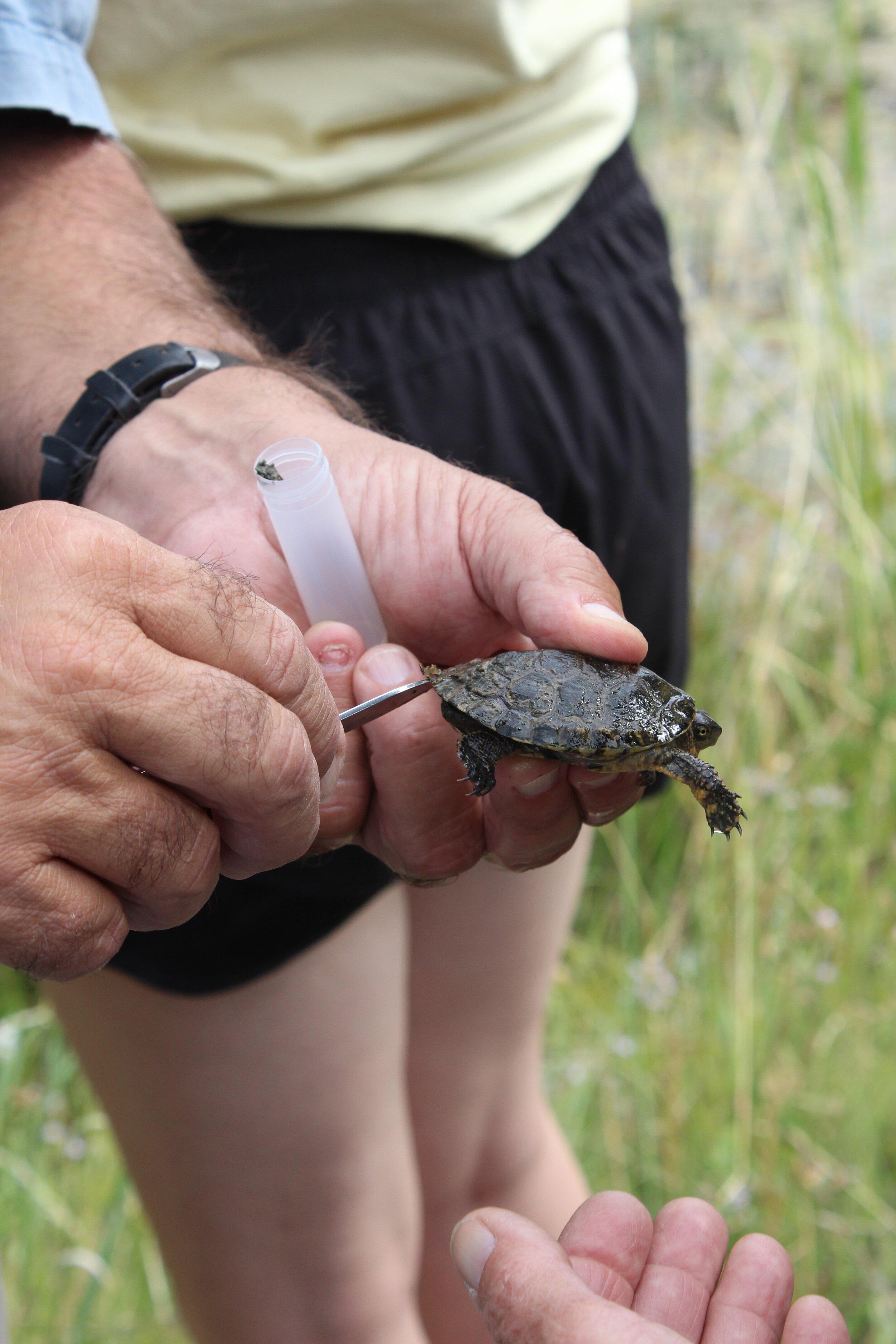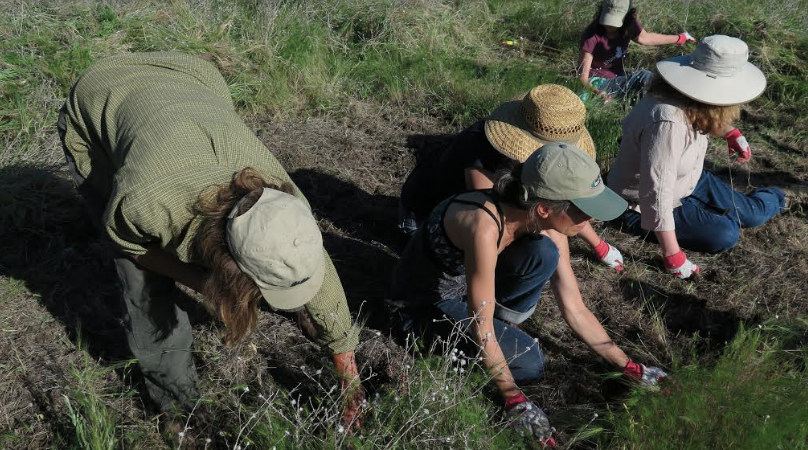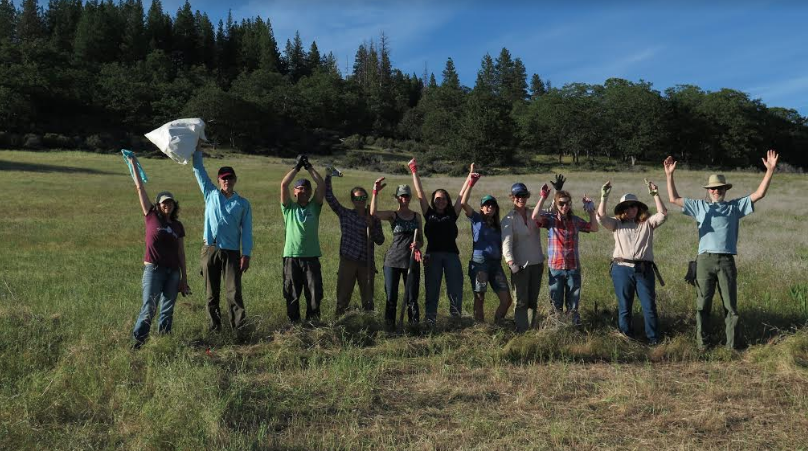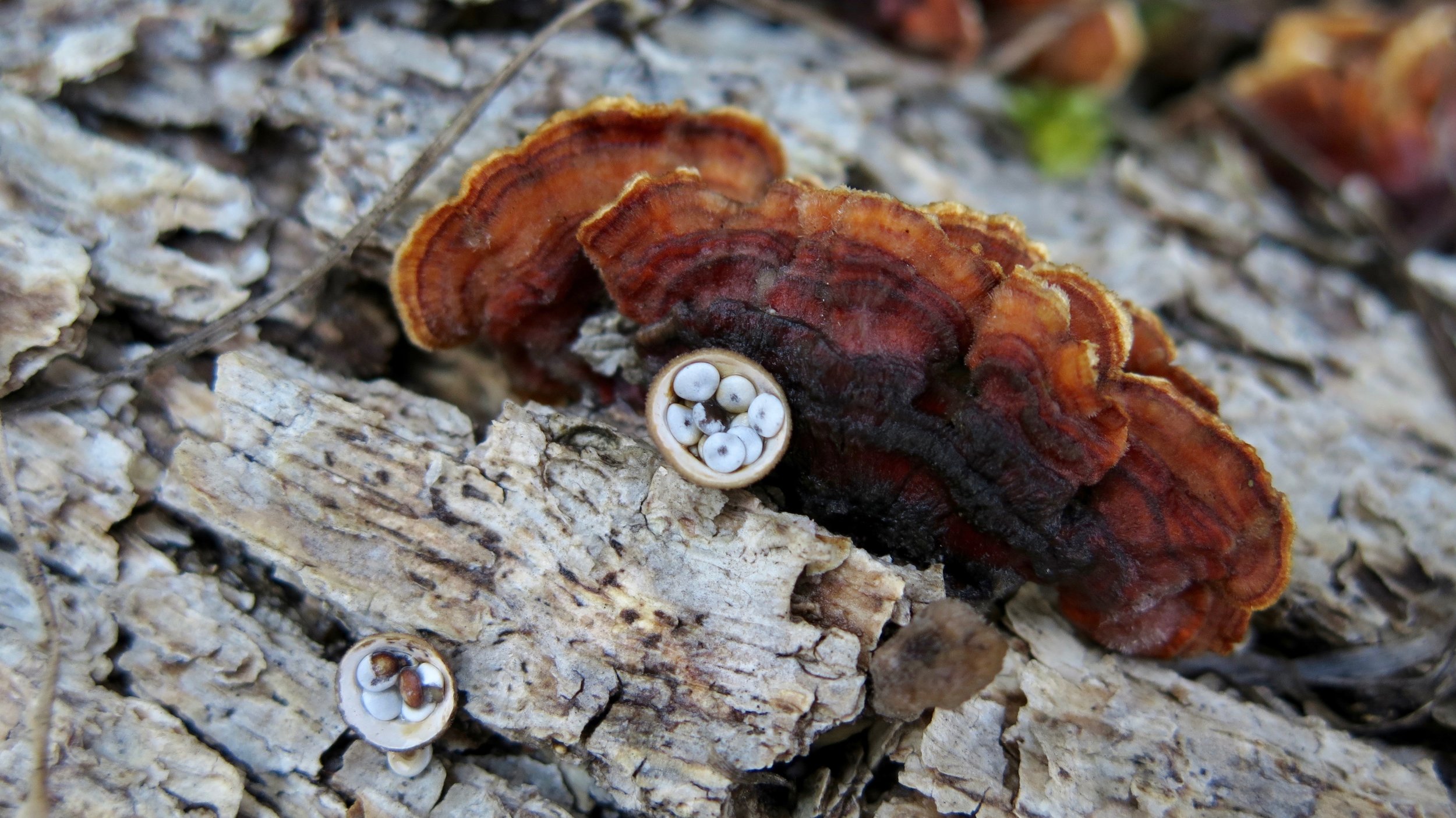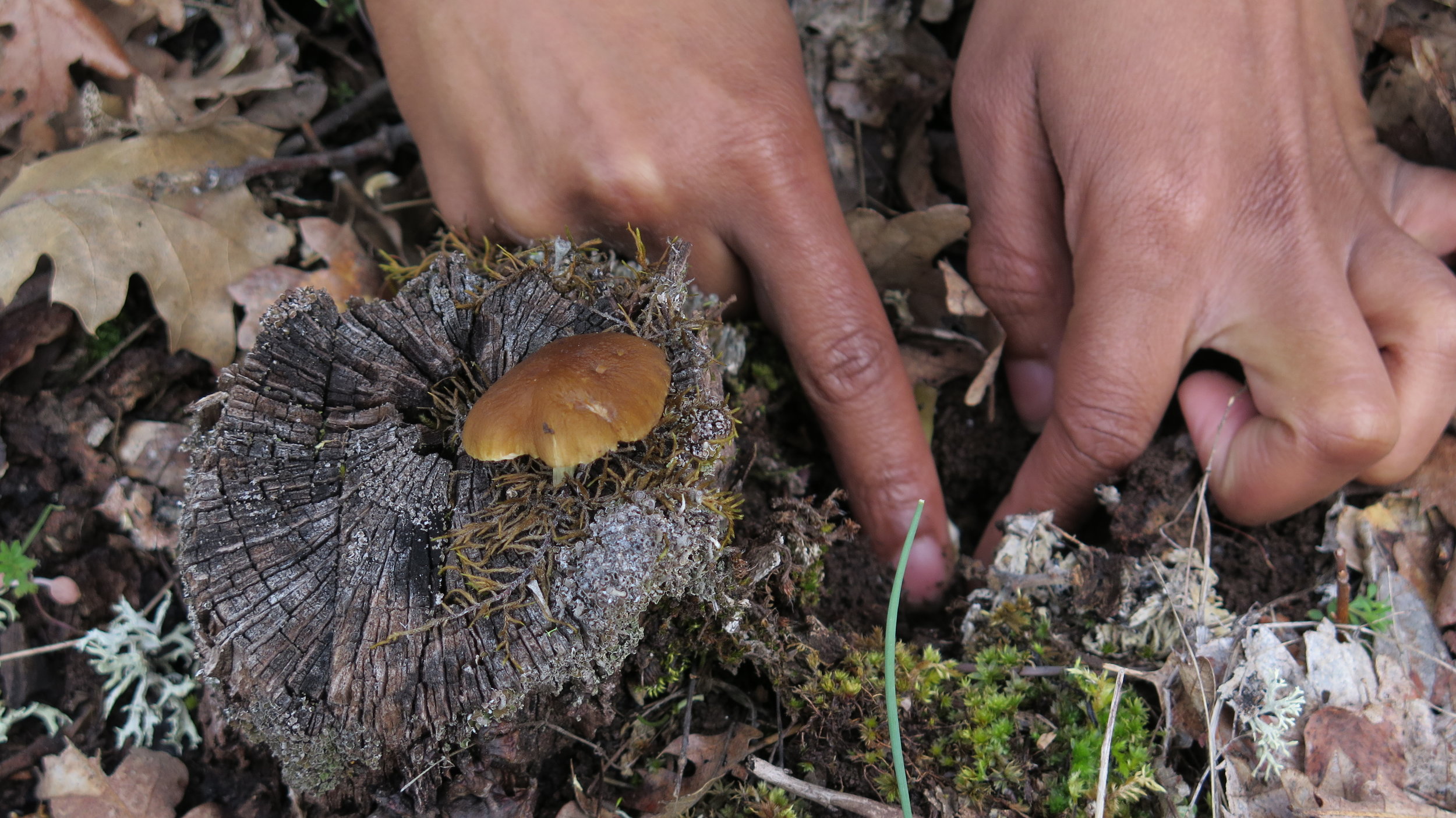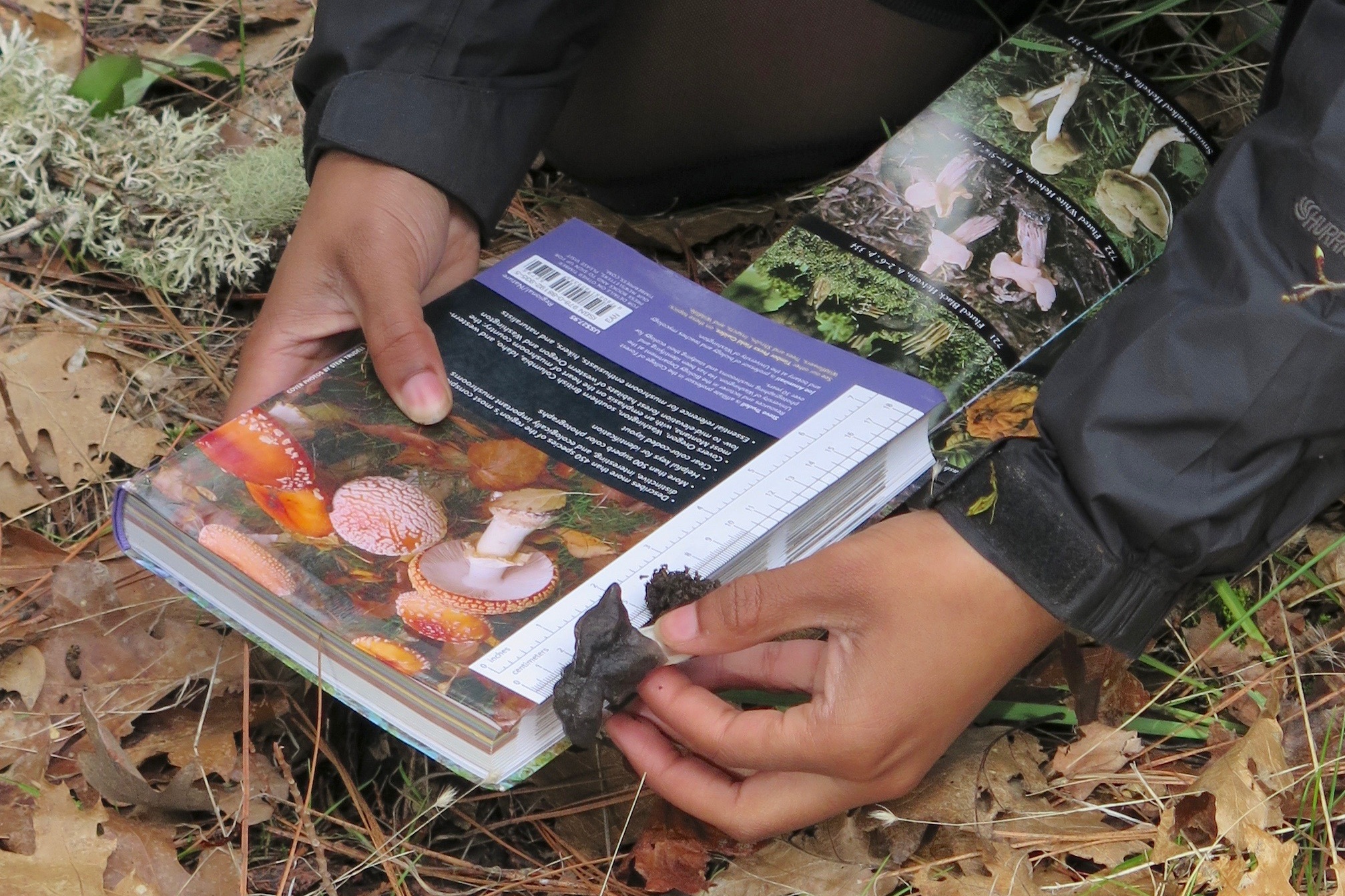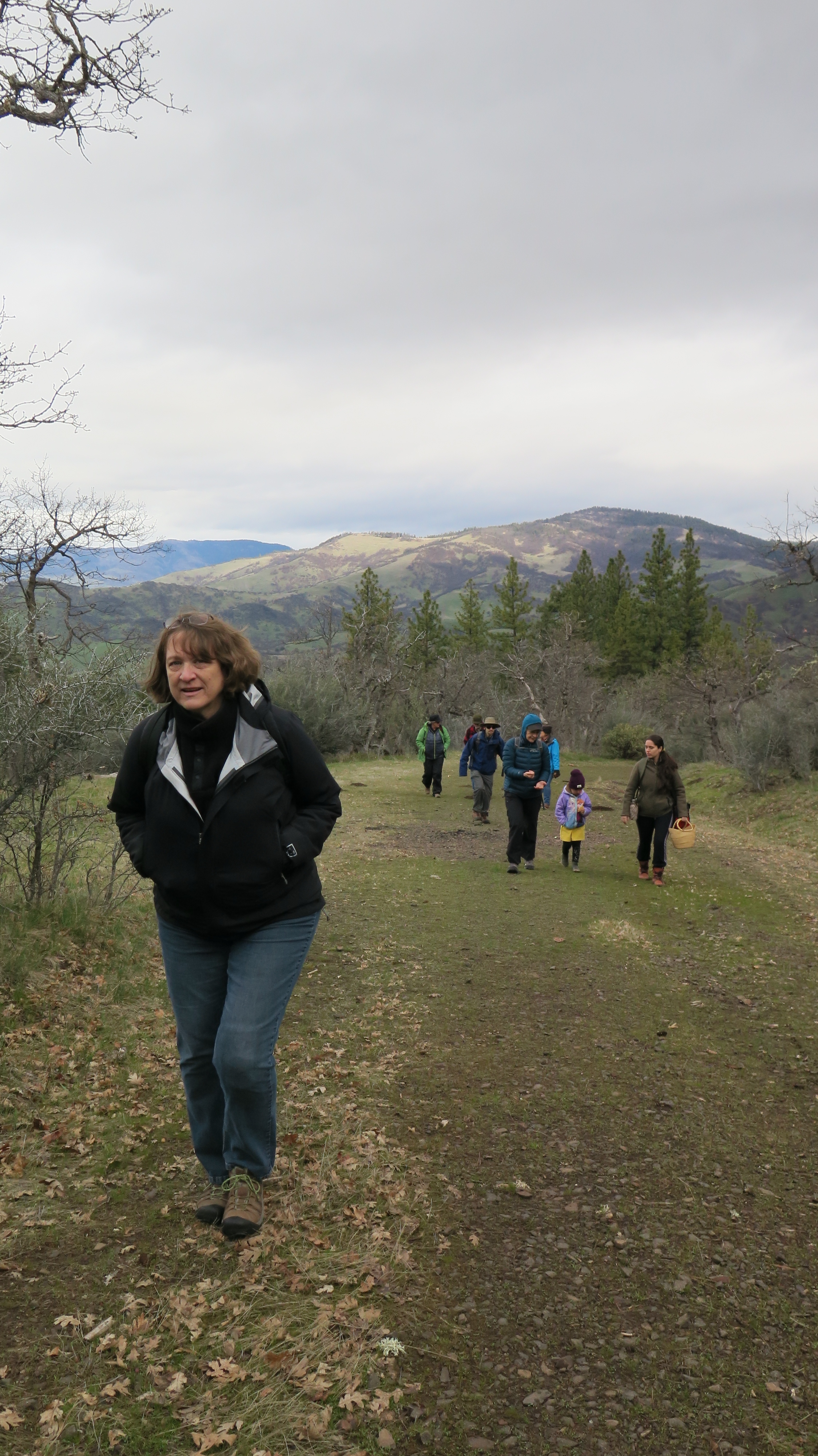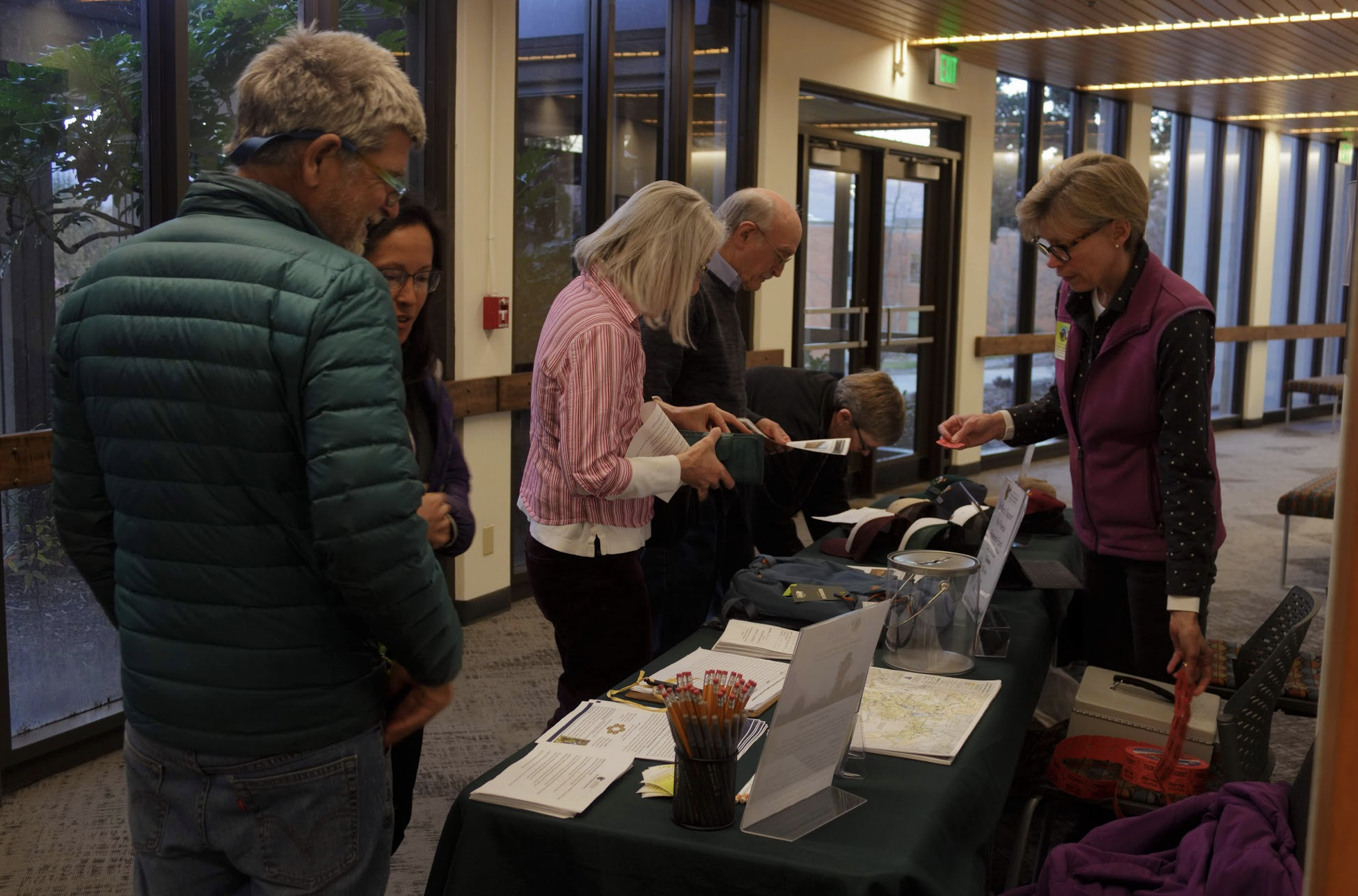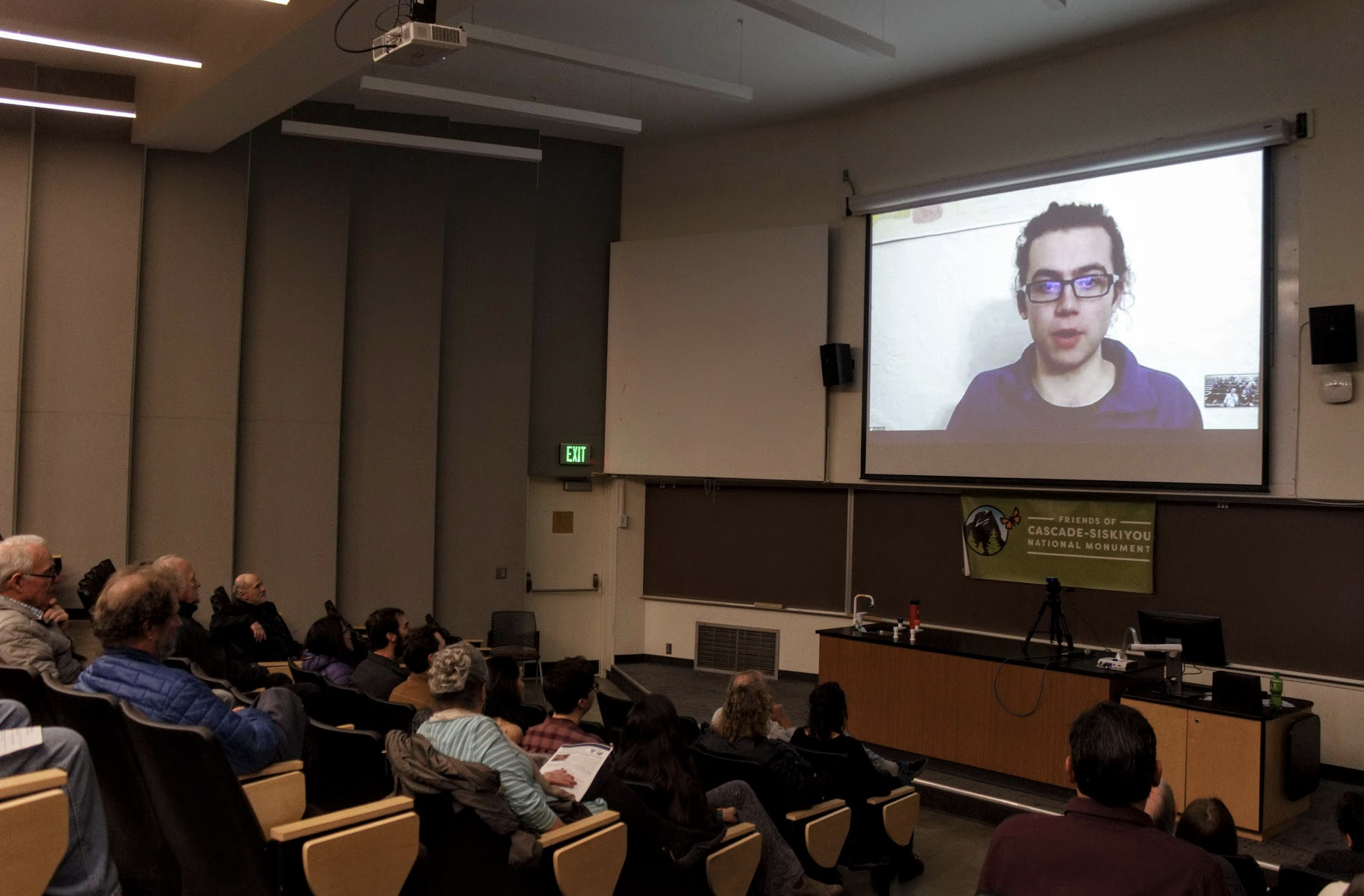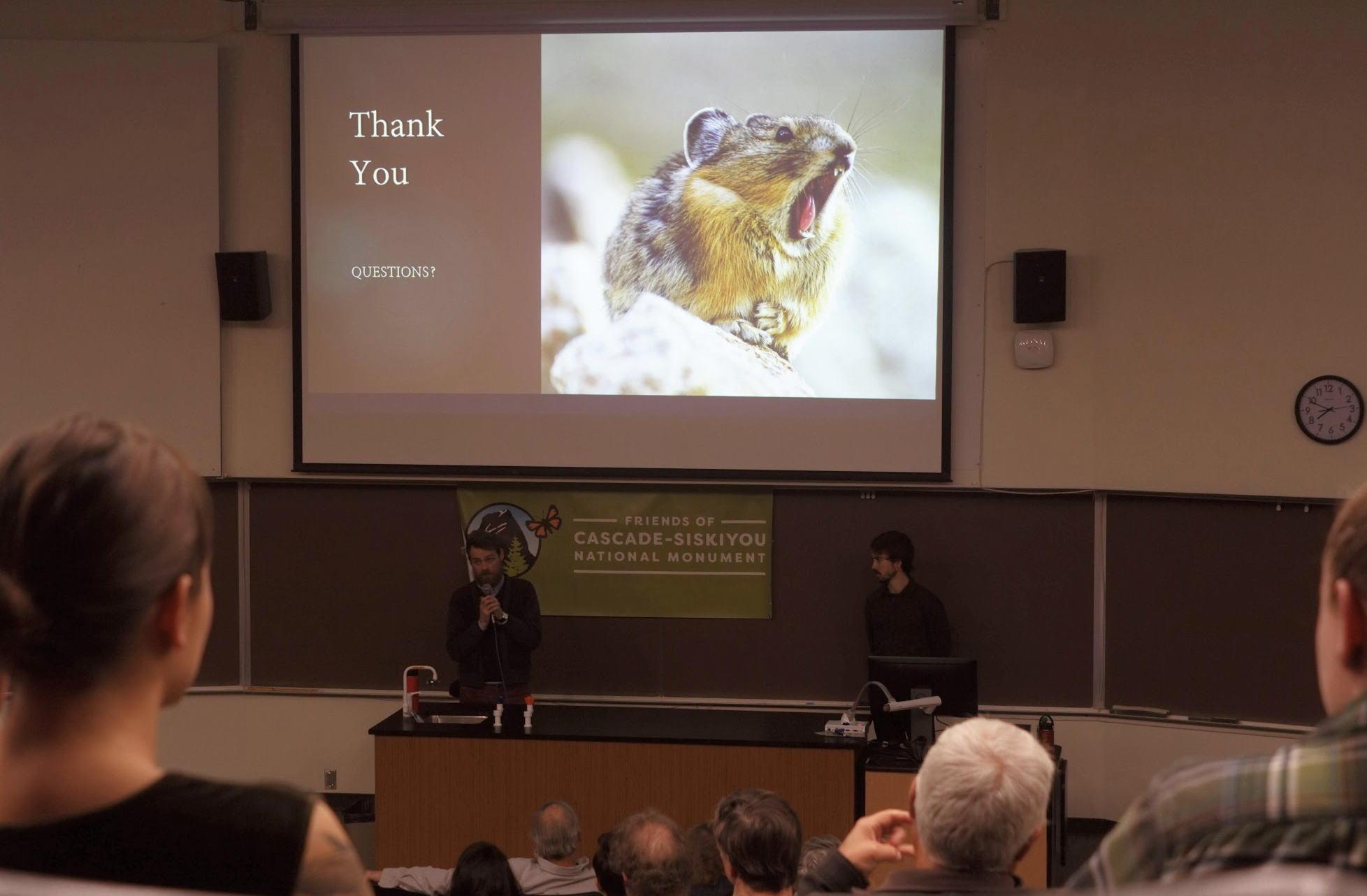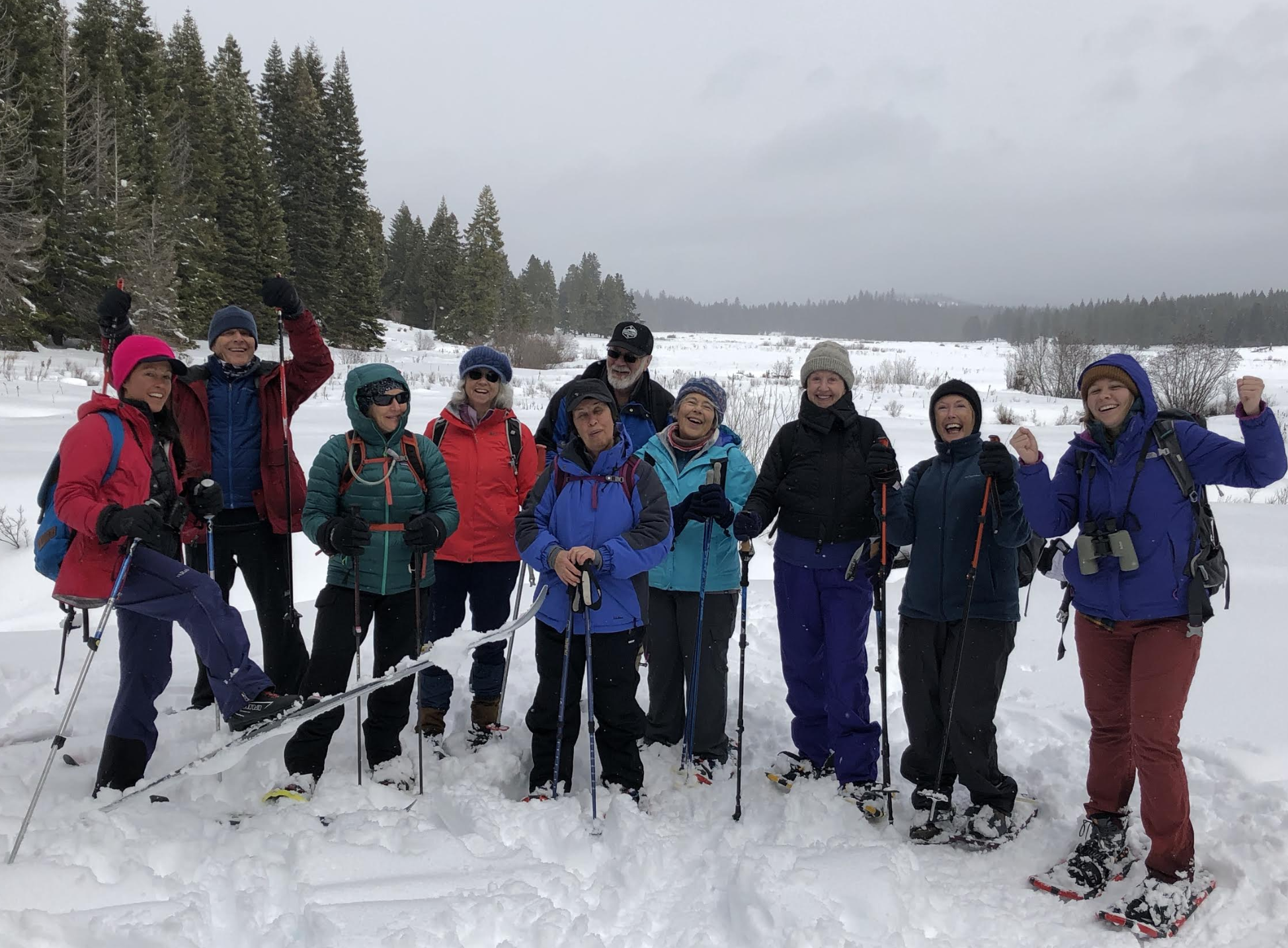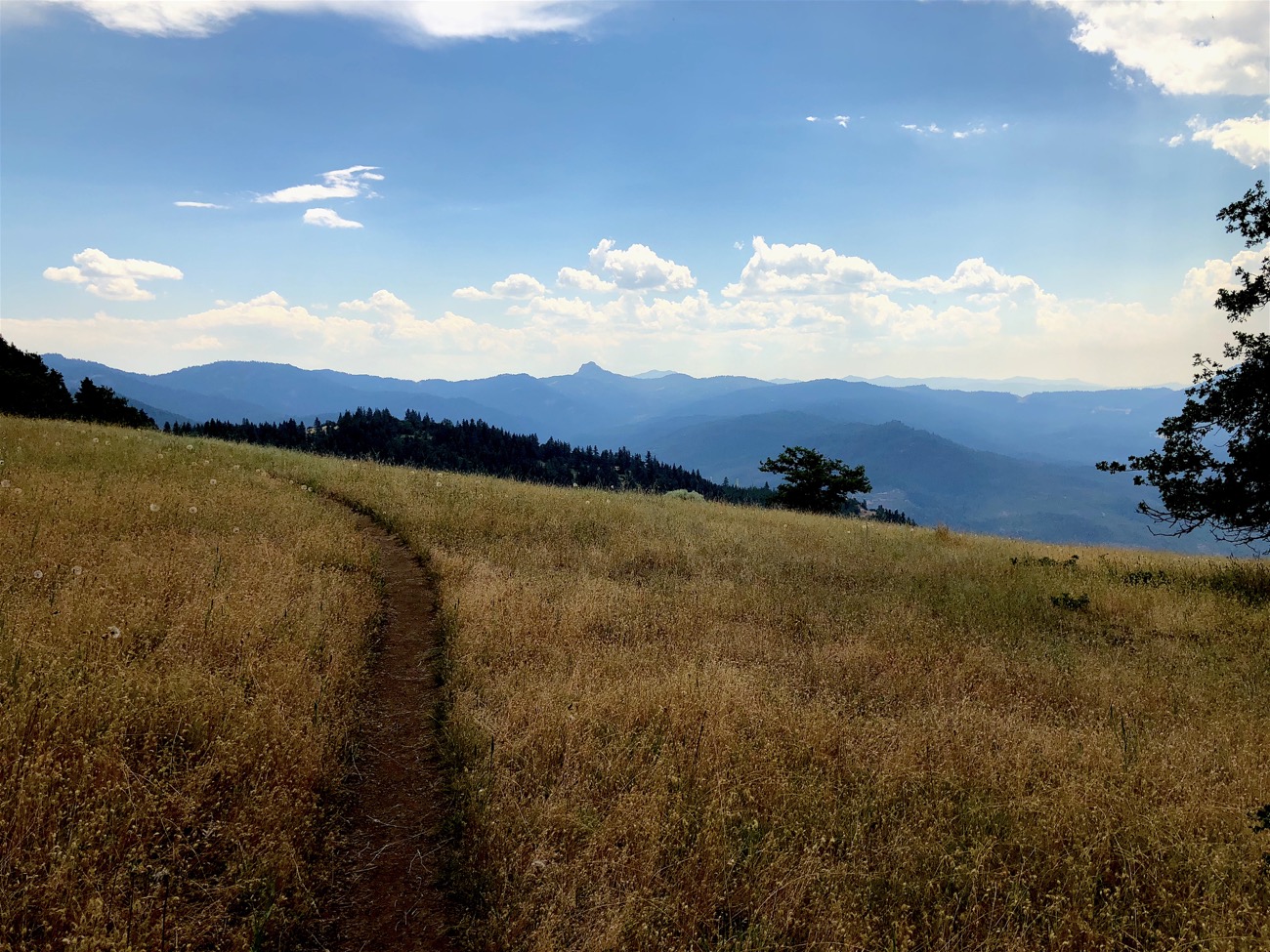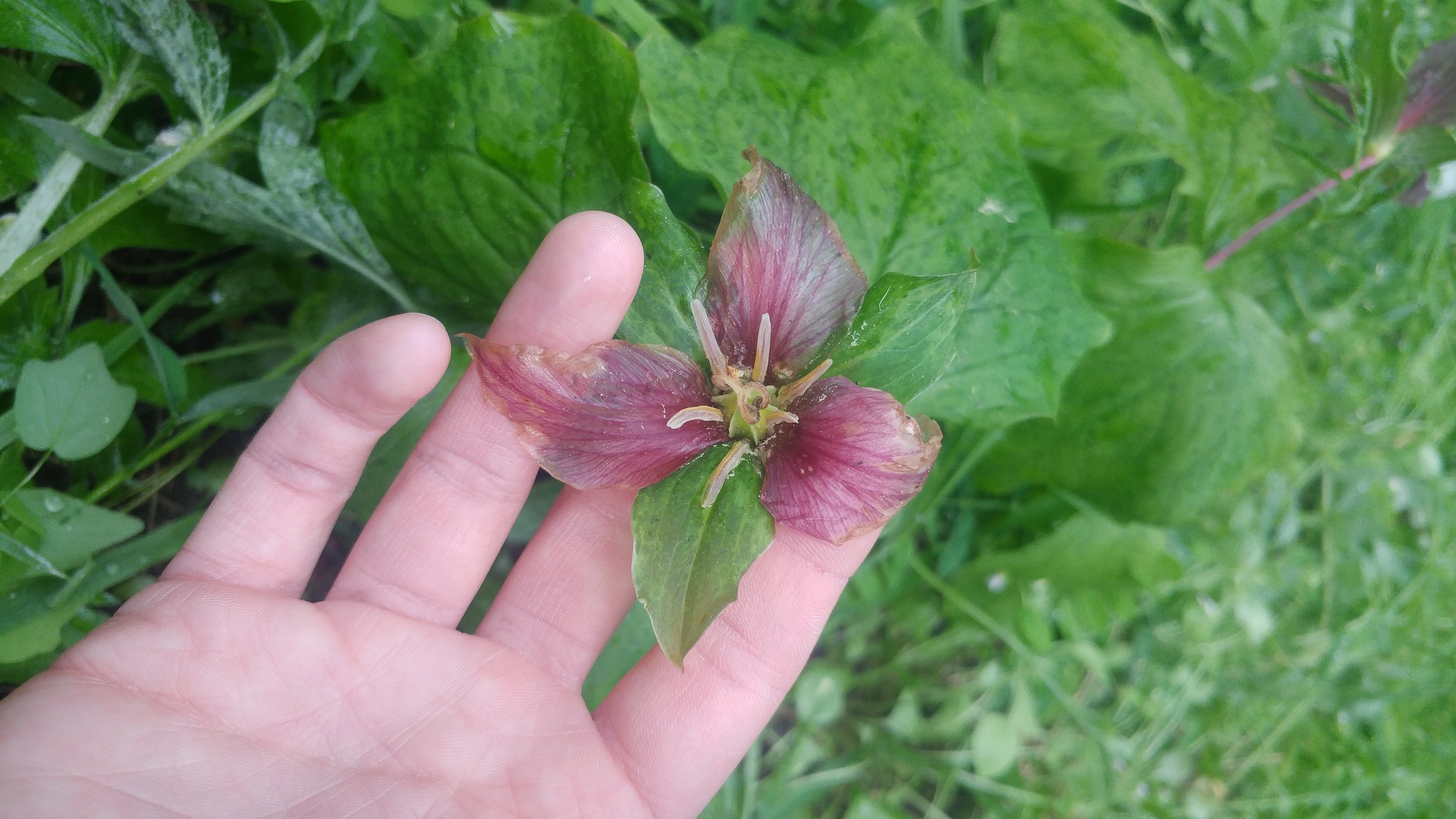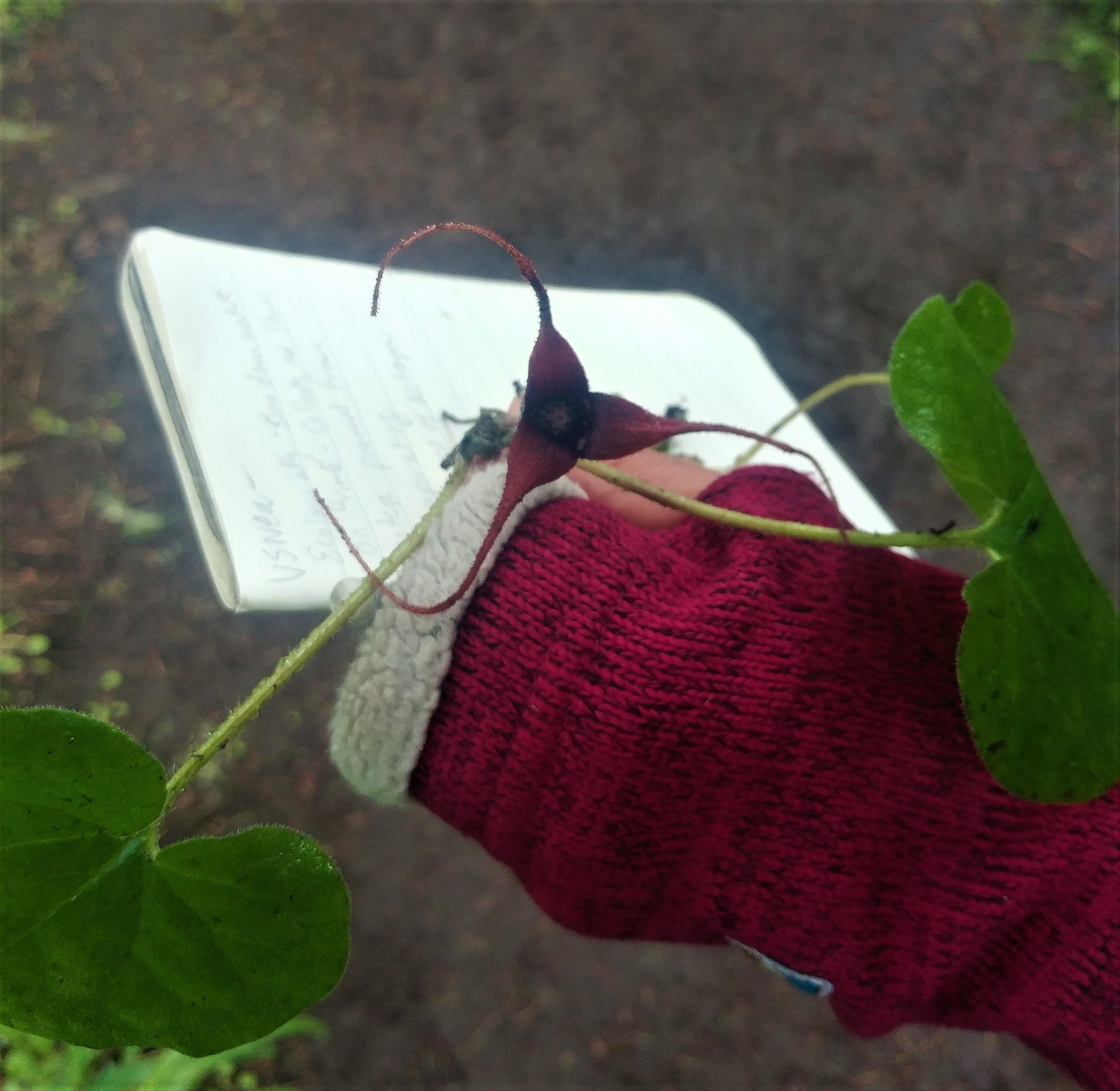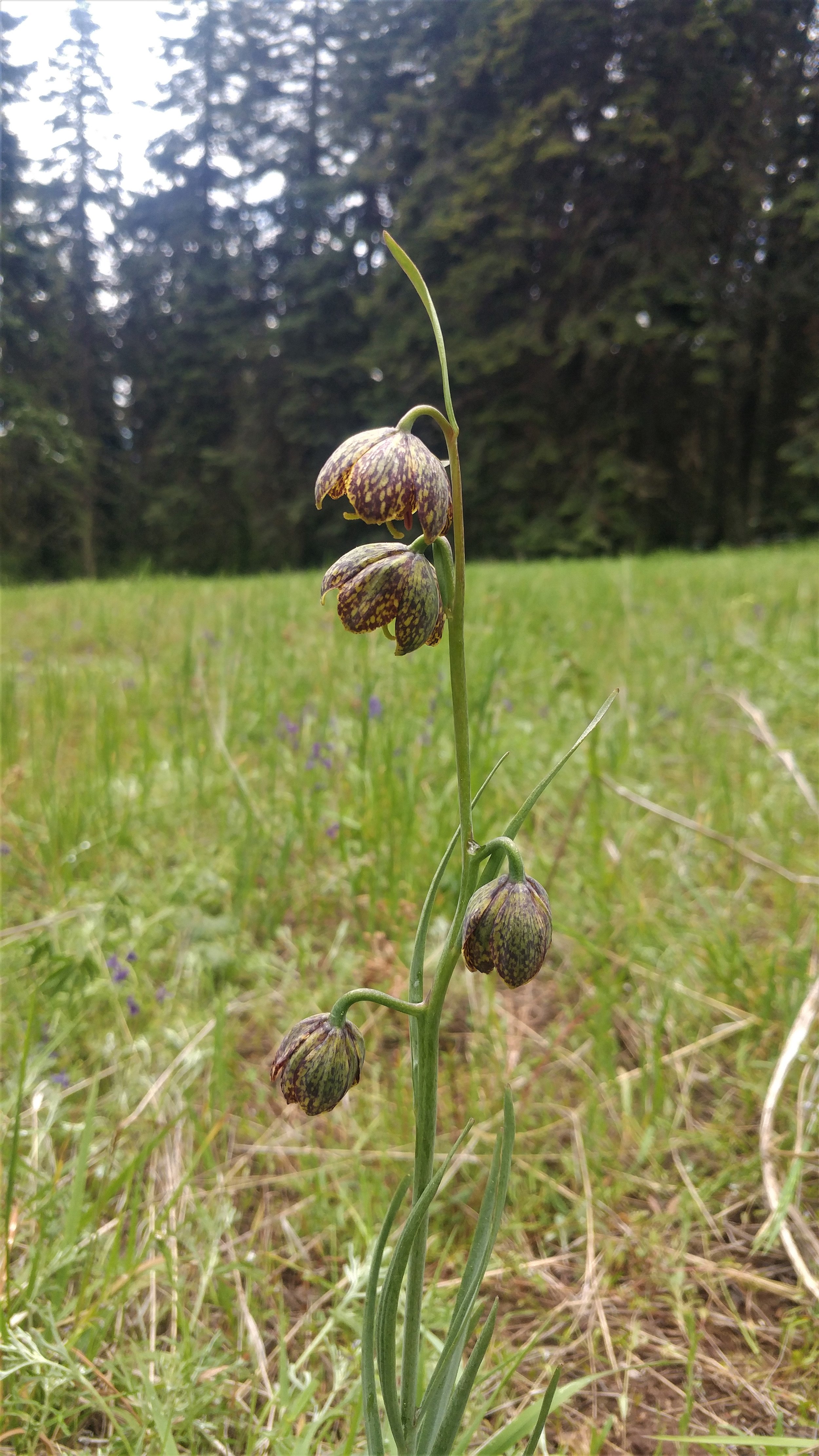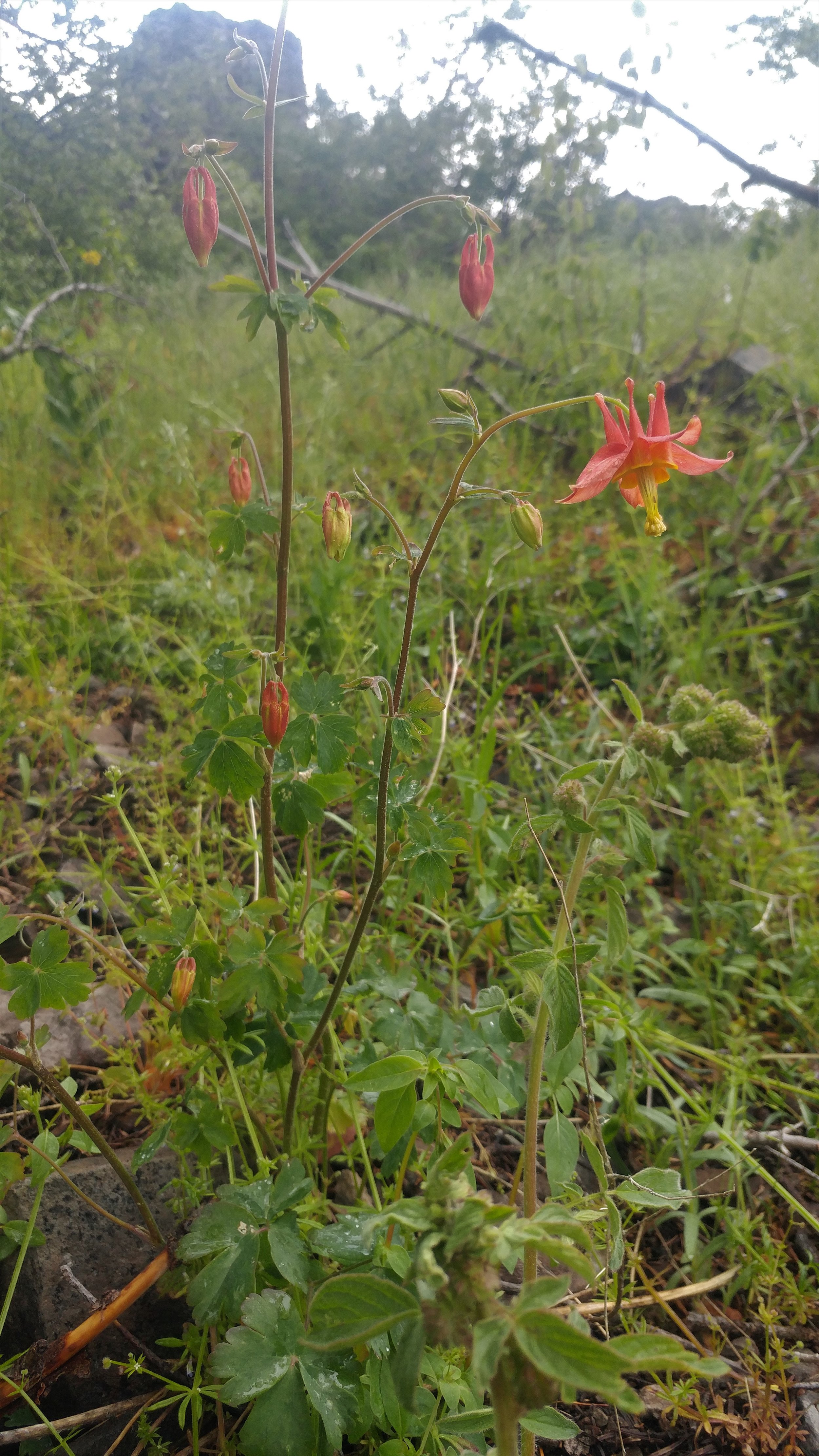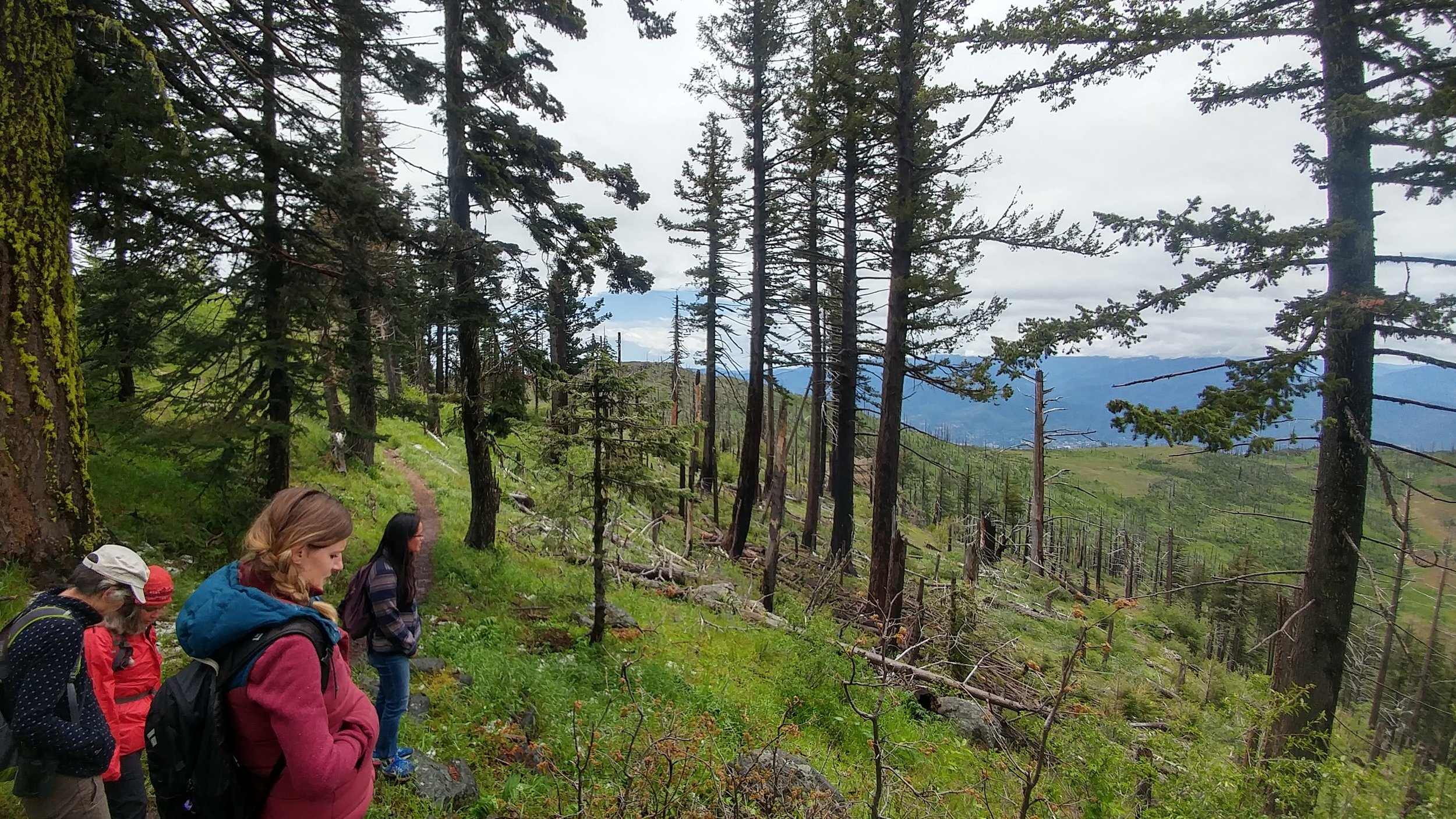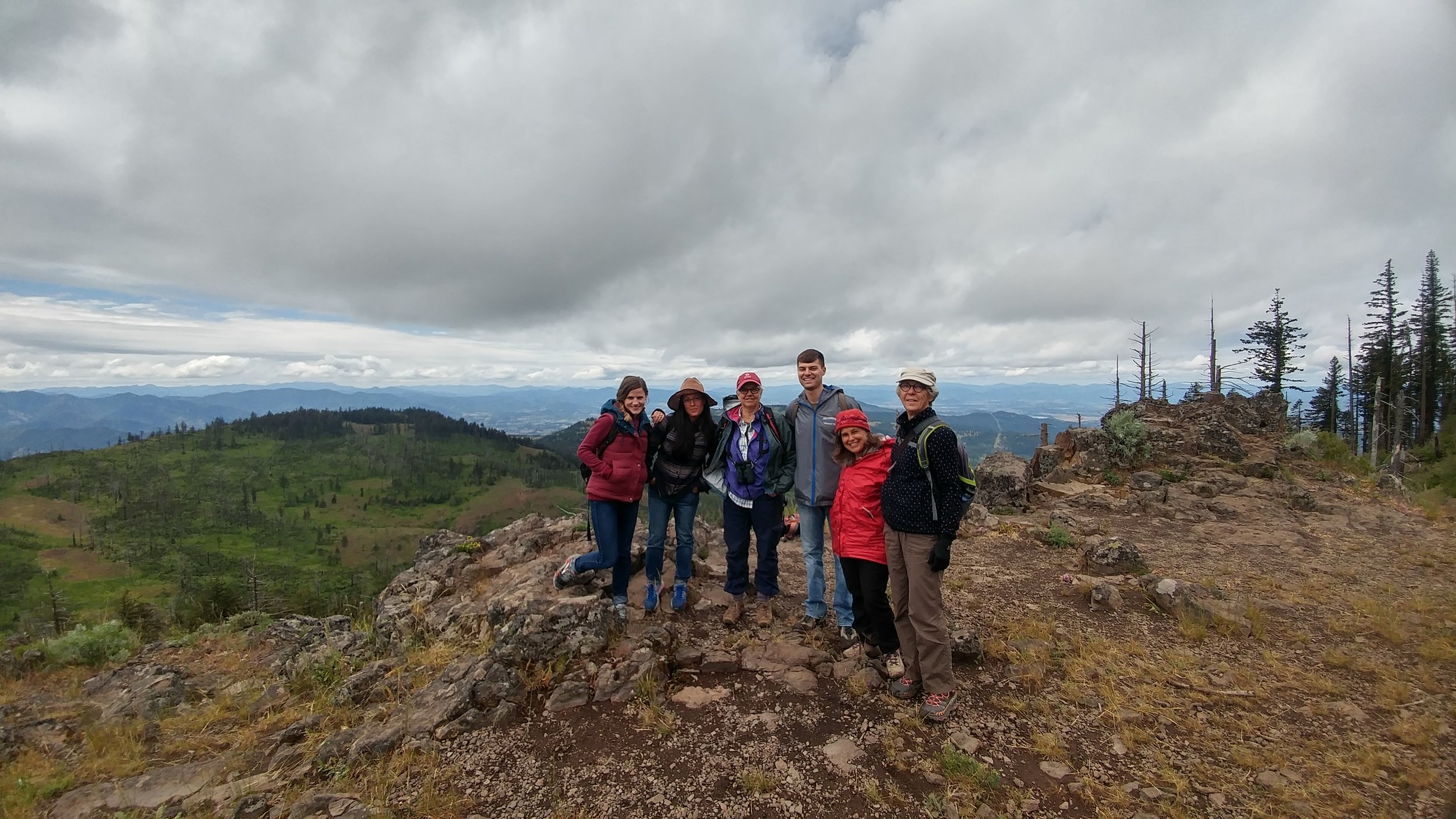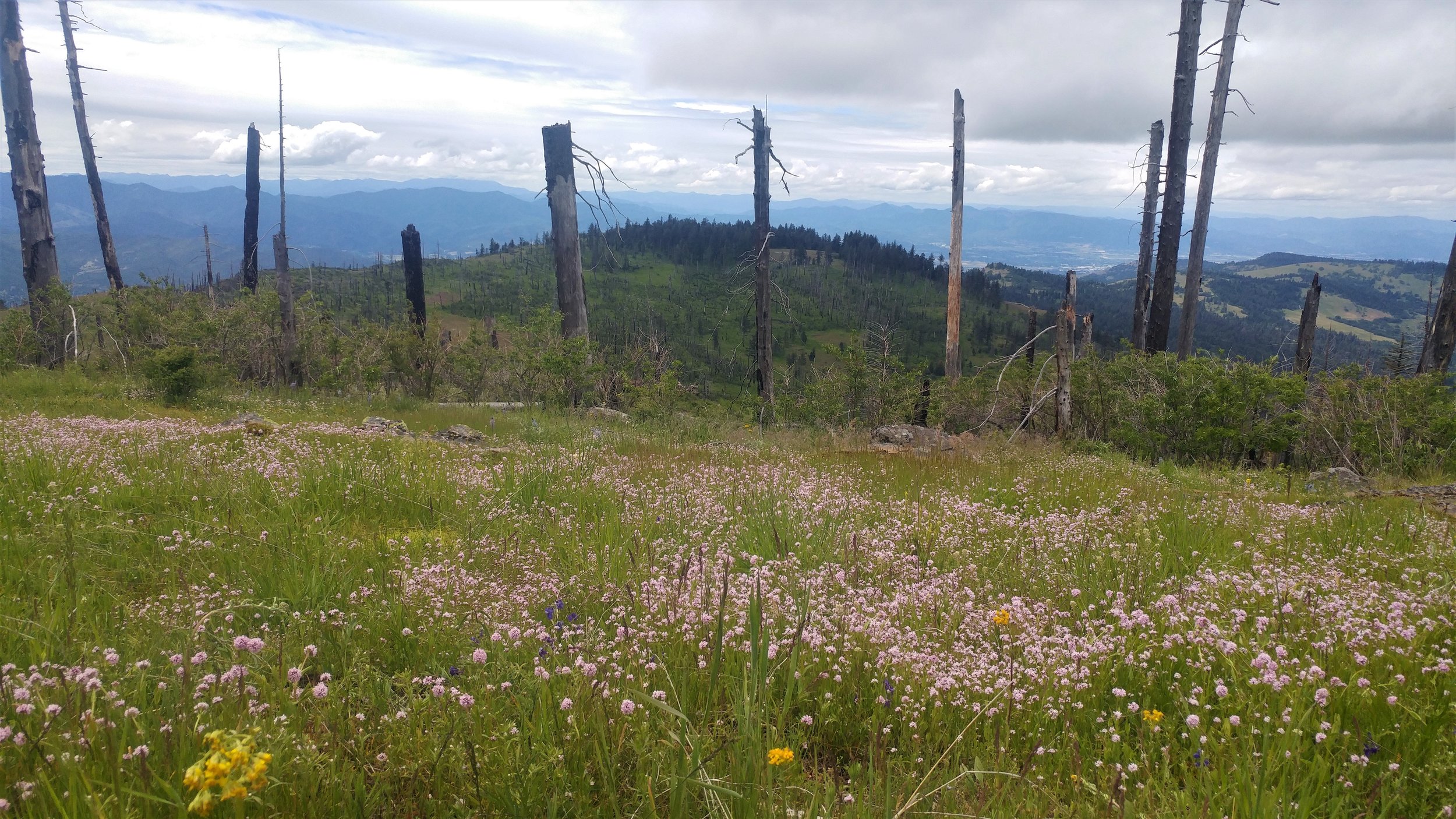Turtles have a superpower. No, it’s not that they are all mutant ninjas, but they do seem to have the power to bring people of all ages together and fill them with excitement and awe. There’s nothing quite like the thrill of spotting a basking turtle on a log, no matter the age of the spotter.
At our September Hike & Learn event, the Friends of Cascade-Siskiyou National Monument teamed up with Dr. Michael Parker, aquatic biologist and professor at Southern Oregon University, to provide an opportunity for citizen scientists to meet our region’s only native turtle, the western pond turtle (Actinemys marmorata).
Populations of these turtles are currently under threat due to habitat alteration and loss from a variety of human caused factors, such as the building of dams and roads, the introduction of non-native species, pathogens and parasites, and removal from the wild for the pet trade.
The combination of these stressors, on top of the threat of climate change, has scientists worried about the future of this species. Currently the western pond turtle has been proposed for listing under the federal Endangered Species Act (ESA) and is federally designated as a "Species of Concern." In the state of Oregon, they have been listed as "Sensitive" and have been designated as an "Oregon Conservation Strategy Species."
Dr. Parker is one of the scientists conducting monitoring efforts to track populations of western pond turtles throughout Southern Oregon. This data will be crucial evidence for present and future western pond turtle species conservation. Our September Hike & Learn program took us out into the field with Dr. Parker to learn more about his western pond turtle research and assist him with his data collection!
On Saturday September 7, Dr. Parker brought reptile enthusiasts and eager learners up to the pond at Willow-Witt Ranch, one of the sites in the Cascade-Siskiyou National Monument where he is conducting western pond turtle monitoring. The day before the hike, Dr. Parker put out a number of traps in the pond to lure in turtles of all ages and sizes. We were able to catch a total of 19 turtles in the traps, ranging from just a few years old to some that could be as old as 50!
Each turtle was weighed by our citizen-scientists and a number of measurements were recorded. These measurements included shell height, carapace (hard upper shell) length, plastron (bottom shell) length, and carapace width. Each turtle also had a photograph taken of its plastron, a way of “fingerprinting” individuals since no two plastrons look exactly alike.
Out of the 19 turtles we caught and collected data for, only seven had been caught in the past. We knew that from the coding system that scientists use to mark individuals, where different combinations of marginal scutes (scutes are the large “scales” on turtles) are notched with a file to represent a number (see photo below). Each individual that is caught is given a number and is tagged with these notches. Don’t worry, creating these notches doesn’t hurt the turtles! Each time that these individuals are caught, the same measurements are done to track their growth.
Marking individual turtles also helps scientists estimate the total population size. Dr. Parker informed us that since 12 out of 19 of our turtles had never been caught and marked before, it may be possible that this particular population at the pond at Willow-Witt could be as large as 100 individuals!
The population of western pond turtles up at the Willow-Witt Ranch are of particular interest to Dr. Parker’s study because it is currently the highest elevation that these turtles have been found, an elevation just below 5000 feet. Studying this population may give us a glimpse of how these turtles may adapt as climate change forces plants and animals to move to higher elevations and temperatures increase.
One mystery currently surrounding this particular population of turtles is: Where do they go in the winter when it snows and the pond freezes over? Dr. Parker informed us that this fall he will be attaching radio transmitters to individual turtles living up at Willow-Witt to see where they go and what they do during the annual heavy snowfall at that high elevation. Stay tuned for his results!
There are so many questions to be answered and so many mysteries yet to uncover in the Cascade-Siskiyou National Monument. We hope that you continue to join us as we team up with local scientists to learn more about their research in this special place!
- Written by Ellie Cosgrove, Program Coordinator of Friends of Cascade-Siskiyou National Monument
Photos by Ellie Cosgrove
